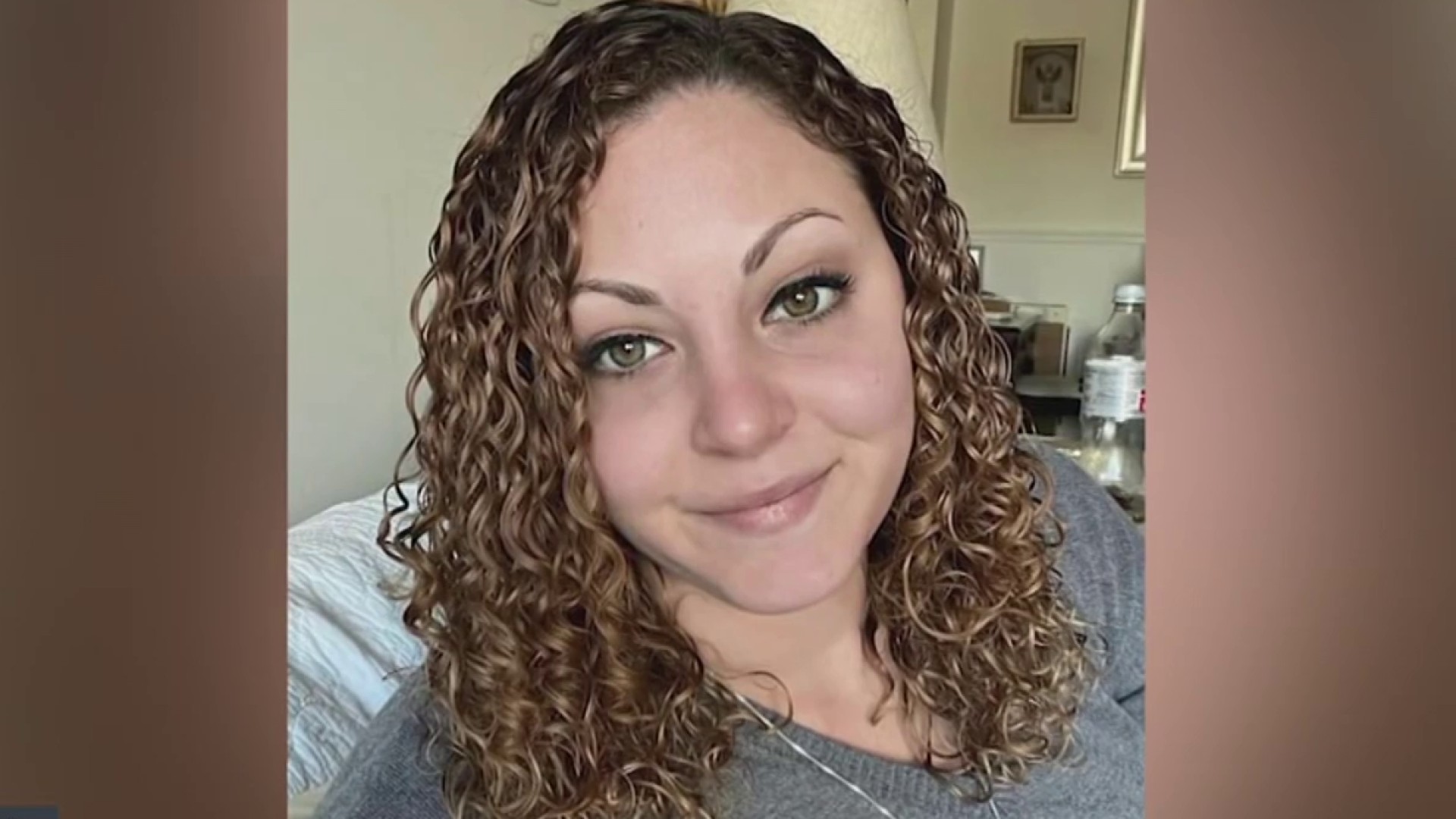News came this weekend that Ivanhoe Donaldson has died.
Donaldson was the right hand, no, the right arm, of Marion Barry.
From their optimistic civil rights days to their time as embattled incumbents in the District government, they shared the successes and excesses of nascent political power of African-Americans in the 1960s through the 1990s.
Donaldson had been ill for several years.
Your Notebook never knew anyone more adept in gauging what was needed at any given time. Nor was there anyone like Donaldson, who could turn inquiries from reporters into depositions on their biases, their misinformation and their misunderstandings of what was really going on.
That Donaldson fell off the legal wagon as deputy mayor sullied what otherwise was a brilliant career in politics and political thinking.
Services were not set by our deadline.
Local
Washington, D.C., Maryland and Virginia local news, events and information
■ Still closed after all these years. We drifted down on Saturday to Lafayette Square across from the White House. Advocates were holding a protest appealing to President Barack Obama to remove marijuana from the harsh Schedule 1 narcotics list.
Millions of people have been imprisoned and fined, their lives ruined, because of federal penalties for marijuana possession and use. It may be a civil penalty now in the local parts of the District, but it remains a federal crime anywhere on federal property or in federal buildings.
Activist Adam Eidinger made certain there was a “visual” for the TV media and legion of cellphone photos. He and his numerous supporters carried aloft a 51-foot inflatable “joint.” On its side, a written appeal to Obama to do the right thing on reclassifying marijuana. (So far, Obama appears ready to leave it to the next president.)
Apart from the demonstration, your Notebook wandered around the still-closed portion of the street in front of the White House that used to be 1600 Pennsylvania Ave. NW. Oh, yes, it’s still technically the same place, but it has been closed to free American traffic since May 1995.
A bomb went off in Oklahoma City that April, and the U.S. Secret Service moved swiftly to shut down what once was known as America’s Main Street.
“We are an open society, a nation of freedom found in very few parts of the world,” began then-Treasury Secretary Robert Rubin, just before he said the world was too dangerous to keep the thoroughfare open. Rubin noted that Americans could still drive by the White House, only from the far side of Lafayette Square.
Little did we know then that closing down this and other parts of America would become the preferred way to “protect” it.
Now more than ever, downtown traffic snarls on both sides of the White House, not just because of closing Pennsylvania Avenue but also E Street on the south side of the presidential mansion.
Then-Secretary Rubin acknowledged the disruption to come.
“To the citizens of the Washington metropolitan area who will be inconvenienced by the need to adjust to new traffic patterns, we share your concerns.” He promised “long-term solutions” would be sought.
That may have been true, but nothing in the interim 20 years has ever been done around there to embrace American commerce in the face of terrorism fear.
■ Opening day, then and now. The Nats officially return to the ballpark on Thursday to open the first home stand of the 2016 season. (At the beginning of the week, it looked like a rainout.)
We’re reminded of the first season at RFK in 2005 — now 11 seasons back.
Then-Mayor Tony Williams had announced only months earlier that the city had won the battle for the Montreal Expos.
Williams, making the announcement in September 2004, quoted one-time Washington resident Walt Whitman: “I see great things in baseball. It’s our game. It’s the American game.”
While the new Nats went on to struggle in the win column after some early success, the mayor and council overcame tough opposition to build the new Nats ballpark in Southeast. Despite a debilitating national recession that also struck Washington in 2007-2008, the expensive stadium has proved to be an economic draw for the old Navy Yard area. Some of the sites would have been developed anyway — ballparks are not panaceas — but critics who said the stadium was a bad idea essentially have been proved wrong.
More than 50 percent of ballpark fans are from Virginia. They are spending discretionary dollars that otherwise likely would have stayed in Virginia. The ballpark was expensive, maybe too expensive, but it has not been the economic drag critics predicted. It has been the opposite.
Play ball.
Tom Sherwood, a Southwest resident, is a political reporter for News 4.



